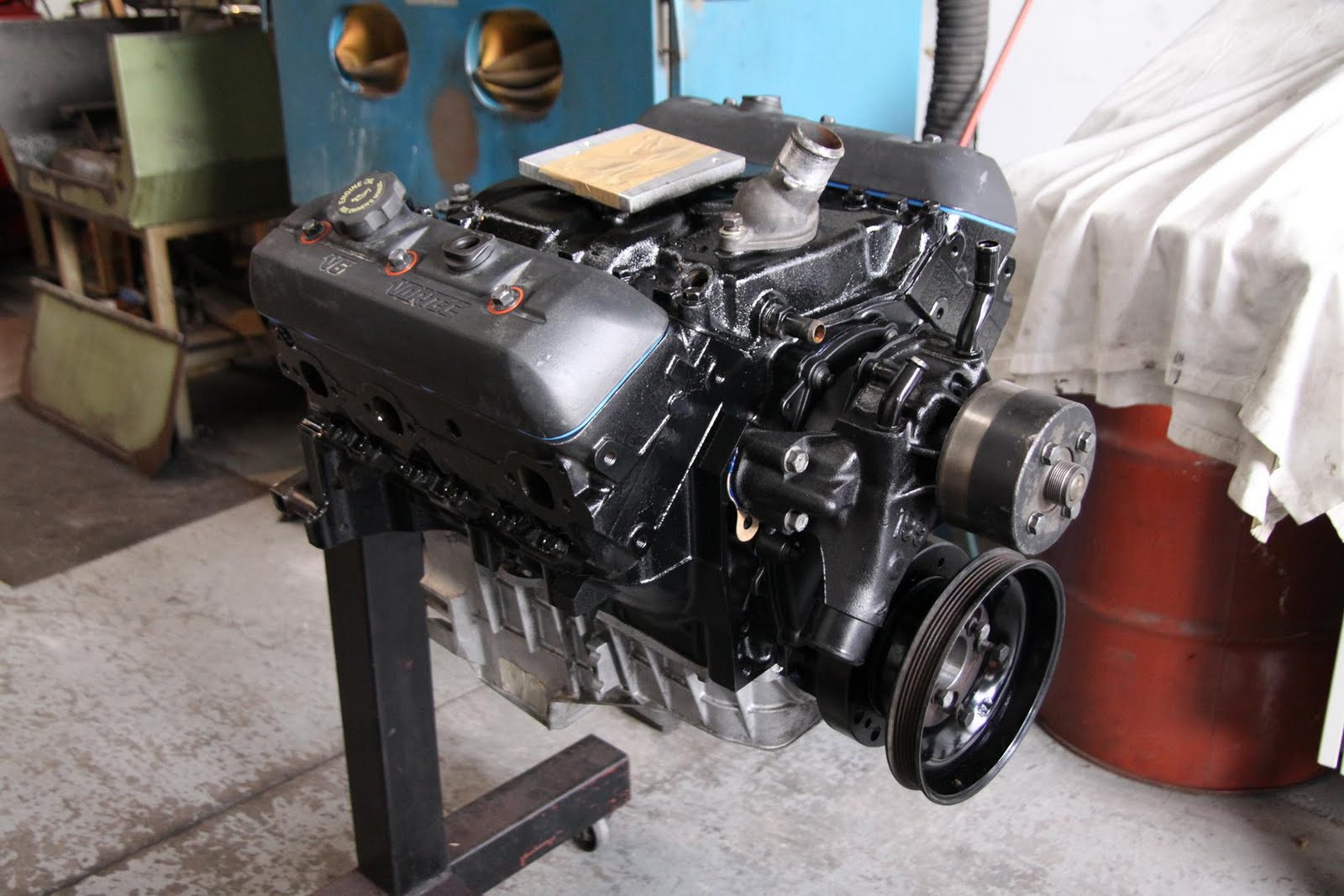Unlocking the Potential: Your Guide to the Used GM 3.6 V6 Engine
Thinking about purchasing a vehicle with a pre-owned GM 3.6L V6 engine? It's a popular choice, powering everything from SUVs to sedans, and understanding its nuances is crucial for a smart purchase. This guide dives deep into the world of the second-hand GM 3.6 V6, equipping you with the knowledge to navigate the market confidently.
The GM 3.6 liter V6 engine, often referred to as the LFX, has become a ubiquitous powerplant in the General Motors lineup. Finding its way into a wide array of vehicles, from the Chevrolet Camaro to the GMC Acadia, this engine has built a reputation for its blend of power and efficiency. But like any engine, particularly one that's seen prior use, understanding its strengths and weaknesses is key. Let’s explore what makes this engine tick, and what to look for when considering a car powered by a pre-owned 3.6 V6.
The story of the 3.6 V6 begins in the mid-2000s, emerging as a successor to earlier GM V6 designs. Its high-feature design, including variable valve timing, aimed to deliver a more refined and efficient driving experience. Over the years, the engine has seen several iterations and improvements, further enhancing its performance and addressing some early concerns. Understanding the specific version of the 3.6L V6 in a potential purchase is important, as later revisions often incorporated solutions to issues found in earlier models.
The significance of this engine lies in its widespread adoption across various GM platforms. This popularity translates to a robust aftermarket for parts and services, making maintenance potentially more convenient and cost-effective. However, this widespread use also means a wide range of potential vehicle conditions and maintenance histories, making careful inspection even more crucial when buying used. Knowing the history of the specific engine and the vehicle it powers is paramount.
A key consideration when evaluating a used GM 3.6 V6 is the potential for timing chain issues. While not every engine will experience this, it’s a known concern in some model years. Thorough research and a pre-purchase inspection that includes checking the timing chain are vital. Other potential issues include water pump leaks and occasional issues with the direct injection system. Being aware of these possibilities empowers you to ask the right questions and make informed decisions.
One of the key advantages of the 3.6 V6 is its generally good fuel economy for its size and power output. This makes it a sensible option for those seeking a balance between performance and efficiency. For example, in a mid-size SUV, you might expect fuel economy figures competitive with smaller engines while enjoying the added power of the V6.
Another benefit is its smooth and refined operation. The design of the 3.6L often results in a quieter and less vibration-prone driving experience compared to some other V6 engines. This can contribute to a more comfortable and enjoyable ride, particularly on longer journeys.
Lastly, the ready availability of parts and knowledgeable mechanics familiar with the 3.6 V6 is a significant advantage. This can simplify maintenance and repairs, potentially reducing downtime and cost.
Advantages and Disadvantages
| Advantages | Disadvantages |
|---|---|
| Good Fuel Economy | Potential Timing Chain Issues |
| Smooth and Refined Operation | Possible Water Pump Leaks |
| Wide Availability of Parts | Occasional Direct Injection Problems |
Frequently Asked Questions:
1. What is the typical lifespan of a GM 3.6 V6 engine? With proper maintenance, these engines can often exceed 200,000 miles.
2. What are the common signs of timing chain problems? Unusual engine noises, especially rattling, are a potential indicator.
3. How often should the timing chain be checked? Consult your vehicle's maintenance schedule for specific recommendations.
4. What type of oil is recommended for the 3.6 V6? Refer to your owner's manual for the correct oil viscosity and specifications.
5. Is the 3.6 V6 considered a reliable engine? Generally, yes, but proper maintenance and awareness of potential issues are crucial.
6. What are some recommended maintenance practices? Regular oil changes, coolant flushes, and spark plug replacements are essential.
7. Where can I find reliable information about the 3.6 V6? Online forums dedicated to specific GM vehicles can be valuable resources.
8. How much does a used 3.6 V6 engine typically cost? Prices vary depending on mileage, condition, and location. Researching comparable engine listings can provide a good estimate.
Tips and Tricks: When considering a vehicle with a used 3.6 V6, obtain a vehicle history report, listen carefully for any unusual engine noises during a test drive, and prioritize vehicles with documented maintenance records.
In conclusion, the used GM 3.6 V6 engine presents a compelling option for those seeking a balance of power, efficiency, and refinement. Understanding its history, recognizing its potential issues, and being diligent in the buying process can empower you to make a smart purchase and enjoy the benefits of this widely used engine. By being informed and proactive, you can unlock the full potential of the pre-owned GM 3.6 V6 and enjoy many miles of reliable driving. Remember to prioritize a thorough pre-purchase inspection by a qualified mechanic and don't hesitate to ask questions about the vehicle's maintenance history. A well-maintained used 3.6 V6 can be a valuable asset, providing dependable performance for years to come. Take your time, research thoroughly, and enjoy the journey of finding the right vehicle for you.
Discover rustic charm rural properties for sale in mallorca
Marceline unpacking the names meaning and rich history
Elevate your digital style cool aesthetic wallpapers for boys














